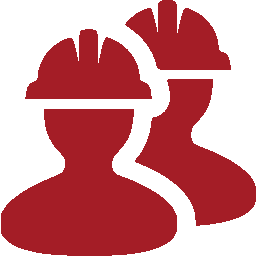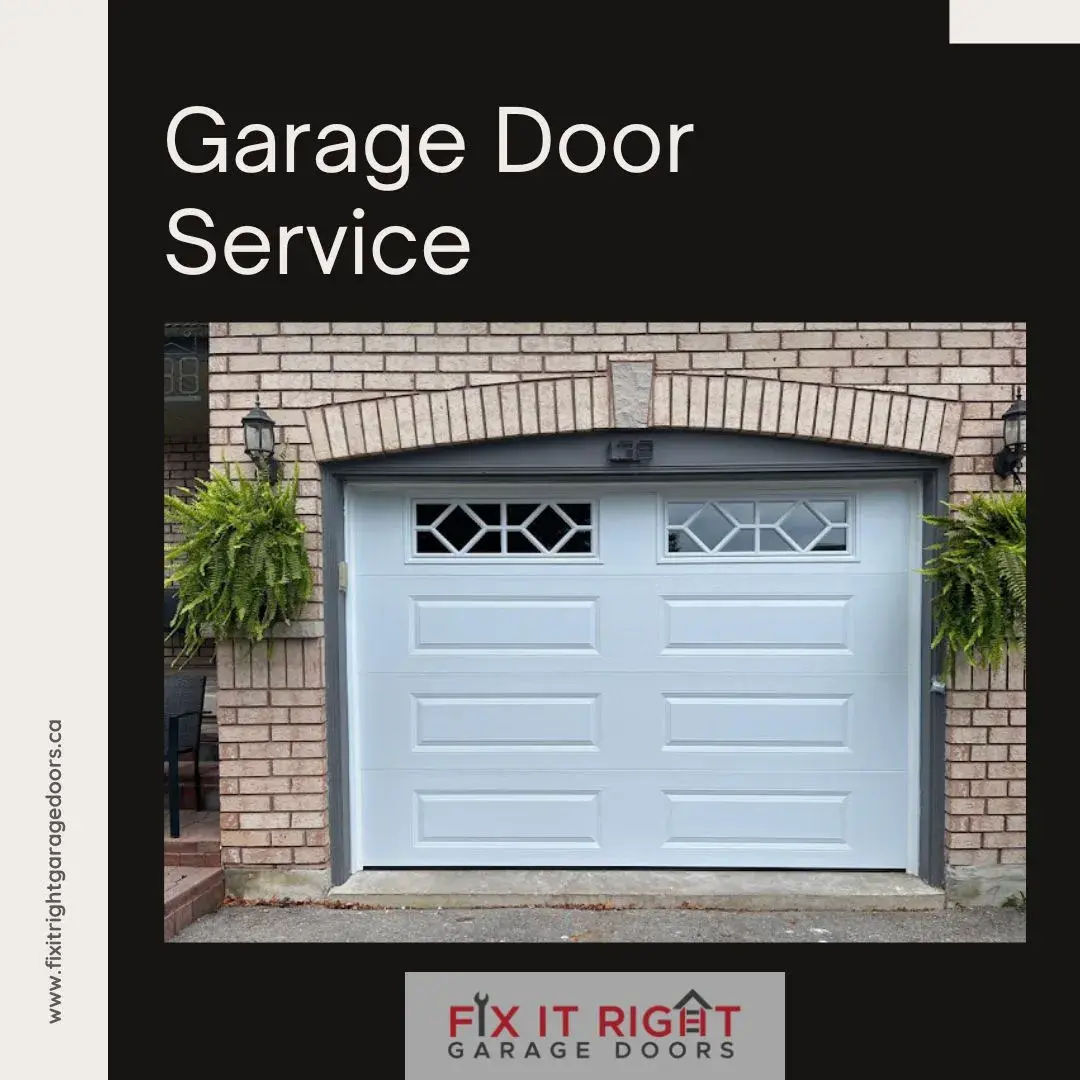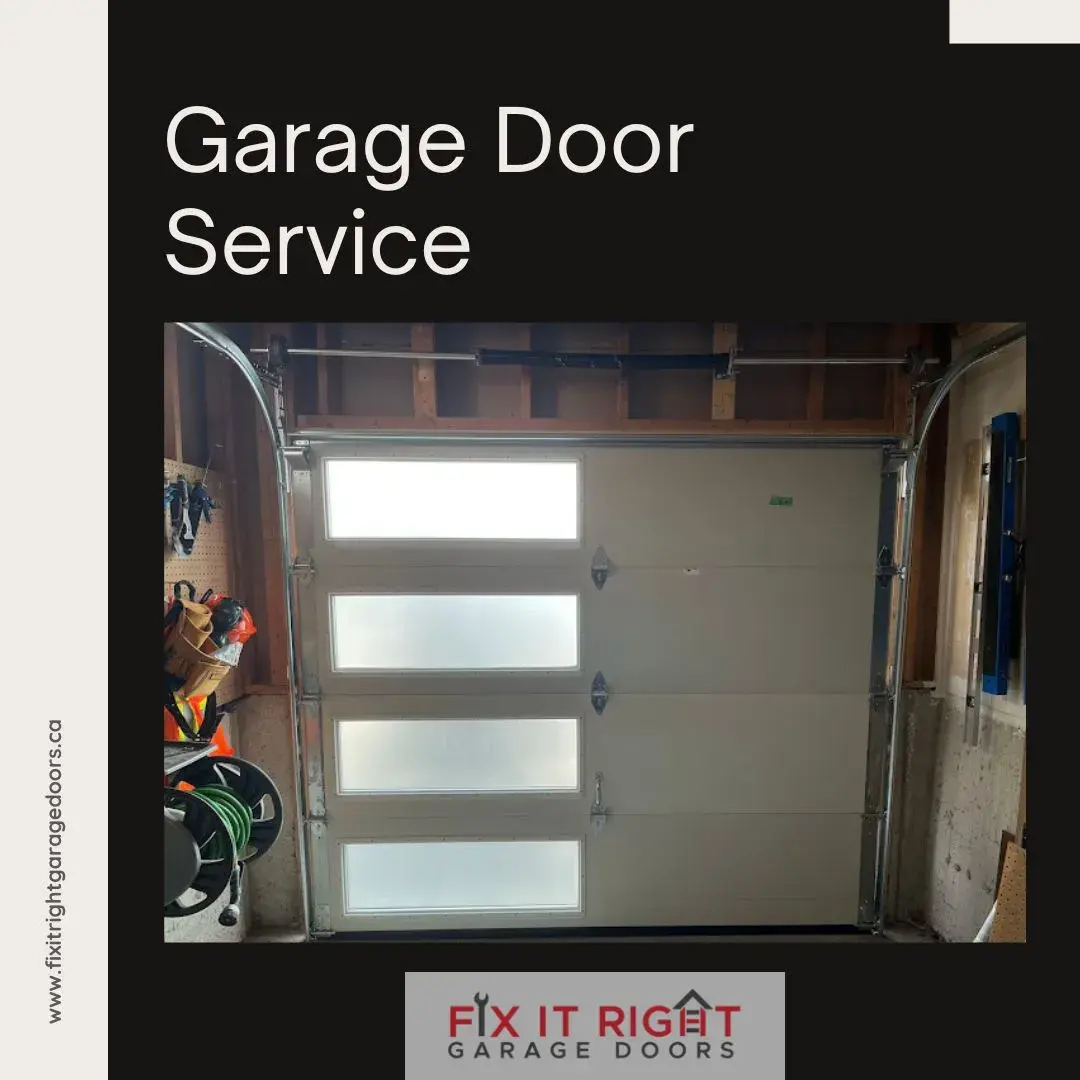Garage doors are an integral part of daily home life, often operating multiple times a day without much thought. However, it’s easy to neglect their upkeep until a malfunction disrupts their function. Gaining insight into the key elements that make up a garage door, along with their influence on garage door repair needs, can help you avoid expensive fixes and ensure smooth operation over time.
- Springs: One of the most crucial parts of any garage door system is the springs, which provide the necessary tension for lifting and lowering the door. There are two primary varieties:
- Torsion Springs – These springs are mounted horizontally above the door. They twist to generate the force required to raise the door.
- Extension Springs – Positioned along the sides of the door, these springs expand and contract during movement.
A broken spring can render the door dangerously heavy, posing a safety risk during operation. Spring failure is among the most common garage door repair issues, and attempting to replace them without expert assistance can be hazardous.
- Cables: Cables operate alongside the springs to lift the garage door securely. Made of steel, these cables bear the weight of the door and regulate its motion. Over time, wear and tear can lead to frayed or snapped cables, potentially causing the door to hang unevenly or become inoperable. Regularly replacing worn cables is vital to maintaining safe and efficient door function.
- Rollers and Tracks: Rollers facilitate the door’s movement along tracks during opening and closing. The tracks serve as guides, ensuring the door remains aligned. If the rollers or tracks become damaged or misaligned, the door may jam, create noise, or even detach from the tracks. Consistent lubrication and alignment checks can mitigate such problems, extending the life of these components and avoiding costly garage door repair.
- Garage Door Opener: The opener, a motorized unit, automates garage door movement. Typical issues with openers include worn-out gears, electrical glitches, or sensor misalignment. When the opener malfunctions, the door might not respond to remote controls or keypads. Addressing this often requires sensor realignment or gear replacements to restore function.
- Panels and Hinges: The panels form the garage door’s exterior surface, while hinges connect these panels, allowing the door to bend during operation. Dents or cracks in the panels not only reduce curb appeal but may also compromise insulation. Broken hinges can result in the door becoming stuck. Timely replacement of damaged panels and hinges preserves both the appearance and performance of the door.
Understanding the essential components of your garage door enables you to detect early signs of deterioration, allowing for preventative measures before problems worsen. Regular maintenance and prompt garage door repair contribute to the longevity and reliability of your garage door. If you observe unusual noises or operational issues, contacting a professional garage door repair service can help maintain the security and efficiency of your home.










